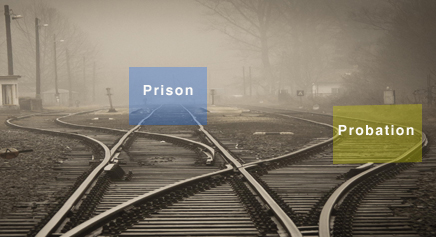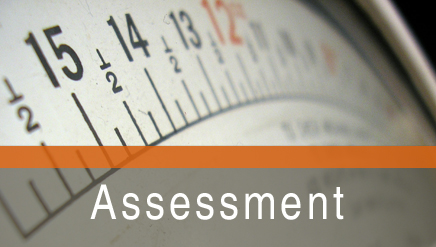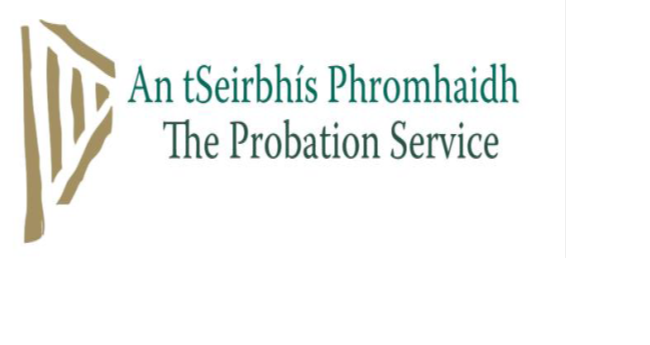Reoffending rates for people on probation continue to fall with lowest one-year rate since 2008
The Central Statistics Office Probation Re-Offending Statistics 2019 report published today demonstrate that the majority of people under the supervision of the Probation Service do not reoffend within three years of receiving their probation order.
- 1 year reoffending: 75% of people who received a probation order in 2019 did not reoffend within one year. Reoffending was at the lowest rate since 2008 and has dropped significantly over that period, from 36% to 25%.
- 2 year reoffending: 61% of people who received a probation order in 2018 did not reoffend within 2 years of receiving the order. The reoffending rate was the joint lowest rate since 2008.
- 3 year reoffending: 53% of people who received a probation order in 2017 did not reoffend within 3 years of receiving the order. The reoffending rate was the second-lowest since 2008.
This follows a consistent downward trend in probation reoffending rates since tracking began in 2008 which demonstrates the efficacy of probation interventions and community sanctions.
Other key statistics from today’s report are:
- 30% of young male adults (aged under 25 years) who received probation orders in 2019 re-offended within a year of receiving probation, a significant decline of 6% on the previous year.
- 33% of young adult females (aged under 25 years) who received probation orders re-offended during the same period. This was an increase in 6% on the previous year and is the only age group by sex for which there was a notable increase in the one-year reoffending rate.
- Persons linked with a Post Release Supervision Order (15%) in 2019 were the least likely to re-offend within one year, followed by Community Service Orders (21%) and then Probation Orders (28%).
- Regionally, the highest level of re-offending (29%) involved individuals from the South-West (Kerry and Cork) region.
The report includes all individuals who have received a probation order and are supervised in the community. It tracks their offending behaviour over one, two and three years following sentencing or release. The data released today relates to people who received probation orders in 2017 and tracks their re-offending behaviour for the following 3 years to end of 2019. Additionally, there is a two year lag in the statistics to allow for the completion of any Court proceedings which may lead to additional convictions.
The Director of the Probation Service, Mark Wilson welcomed today’s publication, commenting:
“I am pleased to note the significant decrease in 1, 2 and 3 year re-offending rates by those sentenced to probation between 2008 and 2019. This confirms that improvements in probation supervision and structured supports in the community after release are delivering positive impact on community safety by helping people change their behaviour and build long-lasting stability in their lives.
The report highlights the need to continue our targeted work with young people and women to ensure the best possible outcomes, whilst remaining focused on addressing the heightened risk of reoffending during the first 6 months after an order is imposed.
I would like to once again extend my thanks to colleagues in the Central Statistics Office on the publication of this report. Access to timely and relevant data is vital to ensuring we as a Service remain evidence-informed and responsive the emerging needs of our clients and wider society.
It is likely that COVID-19 restrictions and the dramatic change to how people lived during this period has impacted the findings in this report, particularly in relation to category of re-offence. This impact will extend into future reports and we continue to monitor trends and respond accordingly.
A copy of the Probation Re-offending Statistics 2018 is available via the CSO website here.




